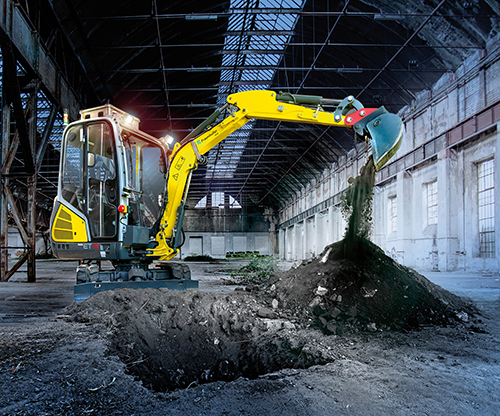2011 -
Autonomous, networked robots such as flying drones, unmanned ground vehicles (UGV) and semi-autonomous machines are predestined to tackle dangerous tasks such as reconnoitering hazardous or poorly accessible environments in the wake of an earthquake or an industrial accident in order to provide an accurate situation report. They can also clean up contaminants, sparing humans the need to work in areas with health hazards. But these applications present a host of technical challenges. The robots have to be able to navigate unknown and irregular terrain, extract information from a wide range of sensor data to provide a standardized situation report, and plan and execute complex motion sequences to perform manipulation tasks. They should also be able to cope with unexpected events and make independent decisions.
 Fraunhofer Institute of Optronics, System Technologies and Image Exploitation IOSB
Fraunhofer Institute of Optronics, System Technologies and Image Exploitation IOSB 